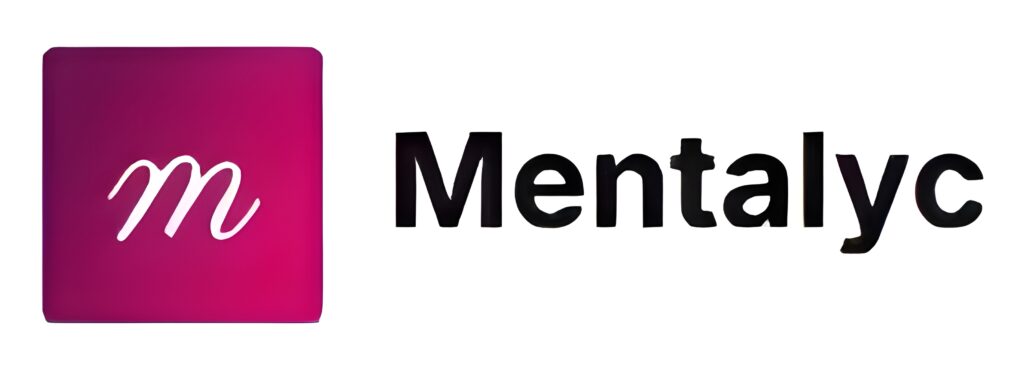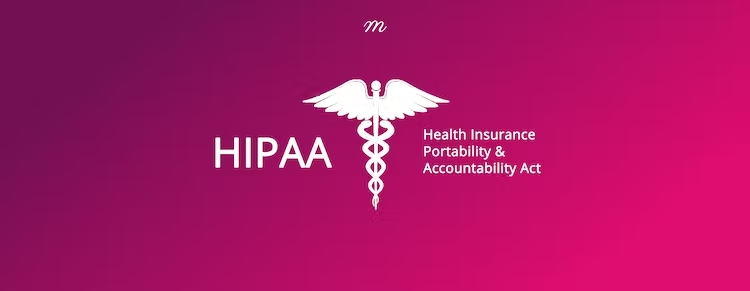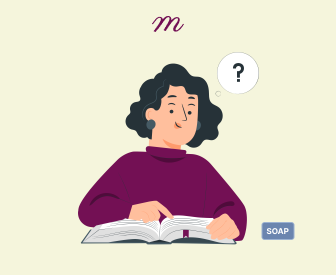Have your progress notes written for you automatically
IGBIRP Introduction
Within the mental health field, effective documentation and structured treatment planning are essential elements of providing quality care to clients. The IGBIRP Progress Notes Method offers mental health professionals a systematic framework for organizing, documenting, and evaluating client progress. This method assures comprehensive assessment, individualized treatment planning, and ongoing monitoring to support clients in achieving their therapeutic goals.
IGBIRP notes are a structured documentation format widely used by mental health professionals to capture a client’s progress. Structured into specific sections, each section contributes to a holistic overview of the client’s goal achievement and treatment progress. The acronym IGBIRP delineates the primary components of these notes: Introduction, Goal, Behavior, Intervention, Response, and Plan. A slightly modified version of BIRP notes, IGBIRP extends the framework by incorporating an introductory section, broadening the scope and depth of documentation.
IGBIRP notes can be used in almost all behavioral health settings, as they help clinicians organize their thoughts while measuring client progress.
What does IGBIRP stand for?
Here is a more detailed explanation of what each letter means in IGBIRP:
Introduction: The introductory section in IGBIRP method notes sets the stage by providing a brief overview or summary of the client’s current status, recent developments, or any critical information. This section contextualizes subsequent sections and creates a cohesive narrative of the client’s progress.
Goal: The goal section describes personalized, specific, measurable, relevant, time-bound, and achievable objectives that have been collaboratively established between the mental health professional and the client. Goals serve as the guiding principles for the treatment plan, providing a clear direction for interventions and progress evaluation.
Behavior: This section involves a comprehensive description and analysis of the client’s observable behaviors or responses in session (or within a particular timeframe). This section includes both positive and unhealthy behaviors, providing a detailed understanding of the client’s current state. This section includes observations of the client’s appearance and the client’s own report as to how they have been doing outside of sessions. Questions you can use to guide through this section are:
- Have your symptoms been worsening, improving, or staying about the same?
- Do they appear fully oriented and well-motivated for treatment?
- How would you describe your typical daily routine?
- Have you noticed any changes in your behavior recently?
- Do you find it challenging to maintain focus or concentration on tasks?
- How do you usually feel throughout the day?
- Have you experienced any extreme mood swings or emotional changes?
- Can you describe moments when you felt particularly anxious, sad, or angry?
- How do you interact with friends, family, or colleagues?
- Have there been any recent changes in your relationships or social interactions?
- Do you feel comfortable in social situations, or do you tend to avoid them?
- How well do you sleep? Any changes in your sleep patterns?
- Are there any fluctuations in your appetite or eating habits?
- Do you consume alcohol or use drugs? How often?
- Have you noticed any addictive behaviors, such as excessive gambling or gaming?
- Have there been any changes in your self-care routine?
- Do you experience any specific symptoms, such as hallucinations, intrusive thoughts, or paranoia?
- Have you engaged in self-harm or had thoughts about harming yourself or others?
- How do you perform at work or school?
- Have there been any changes in your productivity or ability to focus on tasks?
- Are you experiencing any physical symptoms, like headaches, fatigue, or muscle tension?
- What situations or events tend to trigger you?
- Are there any ongoing stressors in your life that have been particularly challenging to manage?
Some clinicians use a checklist or a pull-down menu to make the documentation of client behavior more efficient. If appropriate, include direct quotes from the client in this section.
Intervention: Designing interventions based on empirical evidence and individual client needs ensures tailored and effective treatment strategies. In this section, outline the strategies, techniques, or interventions employed during the session, between sessions, or as part of the overall treatment plan. This section details the therapeutic approaches used to address the identified behaviors, emotions, or issues discussed in the behavior section. Describe the specific actions taken to address the problem. Interventions should clearly link to both the current problem and the overall treatment plan unless there’s an urgent issue (such as the emergence of suicide risk, violence, harm to others, and so on) that requires deviating from the treatment plan. The intervention section is typically brief because most clinicians focus on a limited number of interventions in each session. If each intervention is clearly associated with the treatment plan and the client’s behaviors are self-evident, no additional explanation is needed.
Response: This section documents the client’s reactions, responses, or observable changes because of the implemented interventions – highlighting how the client engages with the mental health professional and whether the interventions are yielding the intended outcomes. This section includes a detailed explanation of how the client responded to the session and the interventions. Did they seem to work, either in creating insight or in producing behavioral changes? Direct quotes can be useful to provide evidence in support of your conclusions about the effectiveness of interventions. If an intervention produced a negative result, this section would also be where you would discuss your efforts to repair any damage to the therapeutic relationship. Even when interventions worked as intended, indicate any actions taken to reinforce those benefits and strengthen the therapeutic relationship.
Plan: This section outlines the proposed course of action following the session, including future interventions, homework assignments, or adjustments to the treatment plan. It is a roadmap for subsequent sessions and guides the ongoing therapeutic process. Provide details about what happens moving forward. This section includes information like:
- the date, time, and location of the next scheduled session.
- referrals are given to the client, if any.
- homework assigned to the client, if any.
- planned consultations with the client’s physician or other third parties.
- other actions assigned to the client or mental health professional related to the client’s treatment.
Regularly assessing client progress enables mental health professionals to adapt interventions and treatment plans as needed. Evaluation helps in identifying barriers, modifying strategies, and celebrating achievements. Thorough and detailed documentation of client progress, interventions used, and their impact is crucial, and BIRP notes serve as a record of the client’s journey – allowing you to plan and ensure continuity of care.
Please note it’s important to integrate ethical considerations and cultural competence into every step of the process to ensure respectful and effective therapy, always considering each client’s unique background and values.
IGBIRP Note Example
Below is a fictitious IGBIRP note example to give more context to each of the above sections.
Introduction:
Client Name: Emily Smith
Date and Time of Session: November 21, 2023, 3:00 p.m.
Session Number: 5
Presenting Issue: Emily is seeking counseling for symptoms related to Generalized Anxiety Disorder (GAD) and ongoing relationship difficulties with her partner.
Goals:
- Reduce anxiety symptoms: Assist Emily in developing coping strategies to manage and alleviate symptoms of anxiety in daily life.
- Improve relationship communication: Enhance Emily’s communication skills to address and navigate conflicts effectively within her relationship.
- Implement relaxation techniques: Teach Emily relaxation and mindfulness techniques to reduce anxiety levels and promote emotional regulation.
- Enhance coping mechanisms: Help Emily develop healthy coping mechanisms to manage stressors related to both her anxiety and relationship issues.
Behavior: Emily was neatly dressed and fully oriented. She displayed rapid speech and behavioral symptoms of anxiety, including fidgeting, toe-tapping, and frequent grimacing. Emily did not display or report any current risk factors for suicide or other forms of violence. She reported that anxiety symptoms have been moderate and relatively stable since the last session.
Interventions: Focused on psychoeducation about GAD, explaining its symptoms, triggers, and how it manifests in Emily’s life. Introduced deep-breathing exercises and progressive muscle relaxation techniques to help reduce immediate anxiety symptoms. Employed cognitive restructuring techniques to challenge and reframe negative thought patterns contributing to anxiety. Conducted role-playing exercises to enhance Emily’s assertiveness and active listening skills within the context of relationship communication. Introduced journaling as a tool for emotional expression and stress management.
Response: Emily engaged actively in the session, expressing openness to learning relaxation techniques and coping strategies. She demonstrated a willingness to challenge and reframe negative thought patterns, showing initial signs of reduced anxiety intensity. Role-playing exercises led to increased awareness of communication patterns within her relationship, with a willingness to implement new communication strategies. Emily expressed motivation to practice relaxation exercises regularly and acknowledged their initial calming effects on her anxiety.
Plan: In upcoming sessions, plan to continue cognitive restructuring techniques, emphasizing application in real-life anxiety-triggering situations. Introduce additional mindfulness and stress-management exercises to expand Emily’s relaxation toolkit. Continue working on communication skills within the relationship, incorporating assertiveness training and conflict resolution strategies. Provide resources on GAD and relationship self-help books for further exploration between sessions. Scheduled the next session for Wednesday, December 6, at 3:00 p.m. Gave Emily a handout with a summary of grounding and mindfulness exercises and directed her to attempt at least one exercise from the sheet each day. Emily will report back during the next session on their effectiveness. Referred Emily to her physician for possible discussion of concurrent medication treatment for anxiety.
Conclusion
IGBIRP notes are highly adaptable and applicable across various mental health settings, facilitating streamlined documentation and aiding mental health professionals in organizing their mental health interventions, observations and assessments. IGBIRP notes not only offer a structured approach to recording client progress but also assist in measuring and evaluating the effectiveness of interventions, fostering more informed and targeted therapeutic strategies.
By using this form of notes, clinicians can enhance their clinical practice, tailor interventions to individual client needs, and effectively monitor progress toward therapeutic goals. Want to learn more about IGBIRP notes? Watch the following YouTube video: https://www.youtube.com/watch?v=6eBY2QIt_78
Disclaimer
All examples of mental health documentation are fictional and for informational purposes only.










